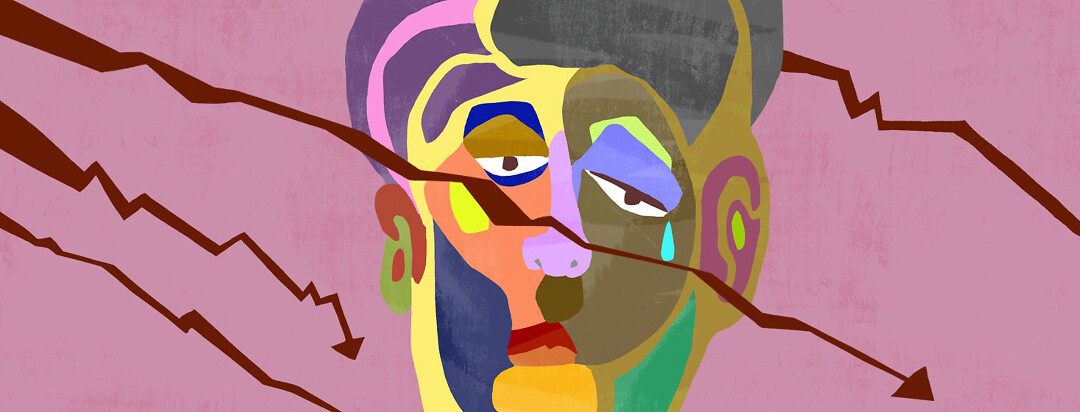Refractory Myasthenia Gravis
Myasthenia gravis (MG) is an autoimmune condition in which the body mistakenly attacks itself. In MG, the way nerves and muscles communicate is affected. MG is treated with different drugs that either improve this communication or slow down the incorrect immune response.
What is refractory MG?
Although a lot of progress has been made in recent years, there are some cases of MG that do not improve with treatment. These cases are called refractory MG.
Refractory MG is not completely understood. There is also no single definition. However, most experts agree that having one or more of the following may be refractory MG:1-3
- MG symptoms that do not improve with typical drugs (including steroids, acetylcholinesterase [AChE] inhibitors, or at least 1 immune system-suppressing drug)
- Relapses that occur when trying to wean off of treatment
- Symptoms that require regular rescue therapy with intravenous immunoglobulin (IVIG) or plasma exchange
- Severe side effects to common MG drugs that make treatment difficult or impossible
- Recurrent MG crises (potentially life-threatening exacerbations) despite being on treatment
How common is it?
Refractory MG is thought to impact 10 to 20 percent of those with MG. Refractory MG is more common in younger people and in women. It is also more common among those with a thymoma (tumor of the thymus gland in the chest).
Refractory MG is also more common in those with specific self-attacking antibodies. The most common MG antibodies are anti-acetylcholinesterase receptor antibodies (anti-AChR).1-3
These impact nerve and muscle interactions. However, another type of antibody that can cause MG is anti-muscle-specific tyrosine kinase (anti-MuSK). Those with MG caused by anti-MuSK are thought to be at higher risk of refractory MG than those with anti-AChR.1-3
What are the symptoms?
In most cases, the symptoms of refractory MG are the same as the symptoms of non-refractory MG. These include extreme fatigue and problems with the muscles of the head, eyes, mouth, chest, arms, and legs.
However, in refractory MG, these symptoms are not treated completely and can worsen. This can lead to severe problems with eating, breathing, and sleeping. Eventually, a person can develop frequent myasthenic crises that are life-threatening and can require multiple hospital stays.1
Quality of life
Refractory MG can take a toll on daily life. Symptoms can worsen to the point of needing feeding tubes or breathing machines. Sleep apnea and other sleep issues can also develop and impact the quality of life.1
Further, regular doctor’s appointments and hospital stays affect work and finances. Many with refractory MG have issues completing regular day-to-day activities. All of these factors can lead to significant struggles with mental health.1
Additionally, some of the side effects of MG treatments can be difficult to manage. For example, steroids can increase a person’s risk of diabetes, which can also have a significant impact on quality of life.1
Treatment options
There is no one path to treating refractory MG. For some, MG is considered refractory because certain drugs cannot be used due to side effects or other medical conditions. Others may have tried many different options with few side effects, but no MG relief.
Often, new treatment options are tried in a ladder-like approach until symptoms are under control. If common drugs are not helpful, more aggressive approaches like IVIG or plasma exchange may be needed.
Some may even benefit from surgery to remove the thymus gland, where certain immune cells are made. This is called a thymectomy.
However, it is possible for a person to climb the entire ladder of different treatments and still not find relief. New, more specific immune system-targeting drugs are in development in hopes of bringing more options to the market for refractory MG.1-4

Join the conversation